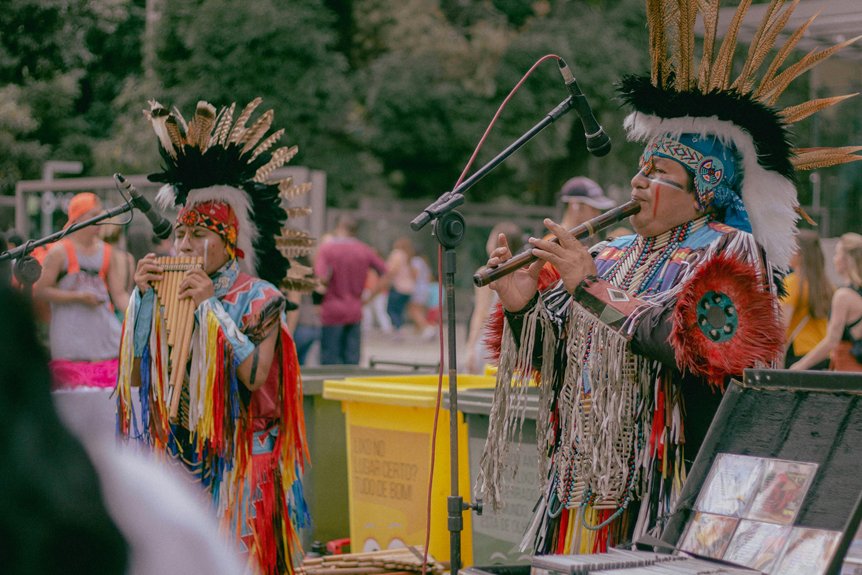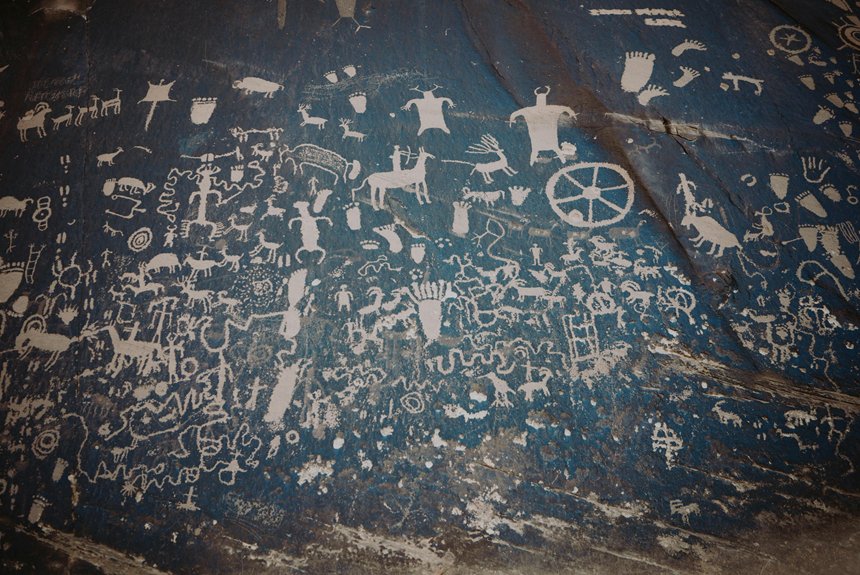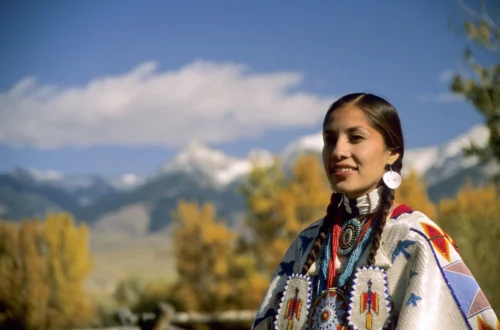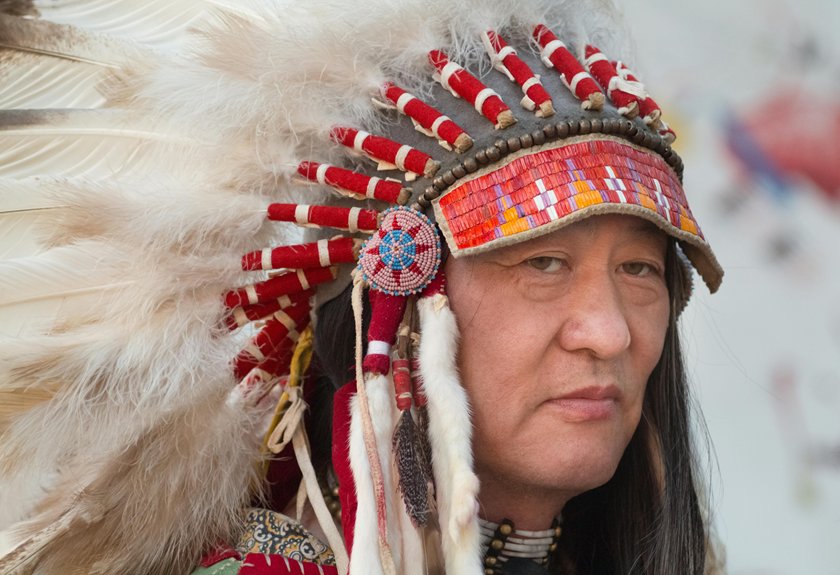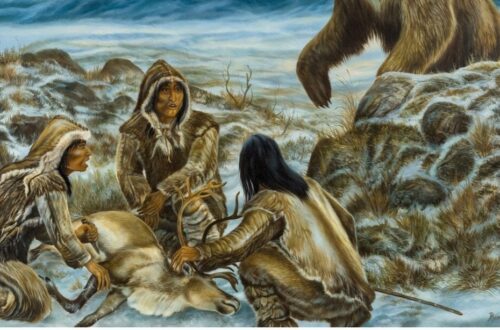You’re likely aware that around 9.7 million individuals identify as Native American or Alaska Native today. This figure reflects not just survival, but a vibrant cultural revival. Communities are reclaiming traditions and participating actively in society, yet challenges persist. As you consider the experiences of these diverse tribes, you might wonder what factors contribute to their resilience and how they navigate the complexities of modern life.
Historical Context of Native American Populations
As you explore the historical context of Native American populations, it’s essential to recognize that their rich and diverse cultures existed long before European contact.
Tribes developed unique languages, spiritual beliefs, and social structures, deeply intertwined with their environments. They cultivated vast agricultural systems, hunted, and traded, showcasing sustainable practices. These communities thrived, each with distinct identities shaped by geography and tradition.
However, the arrival of Europeans brought unimaginable challenges, including disease, displacement, and conflict. Despite these hardships, Native Americans have shown remarkable resilience, adapting while fiercely preserving their heritage.
Understanding this history not only honors their struggles but also highlights the vibrant cultures that continue to influence contemporary society. Engaging with their past fosters greater appreciation for Native American contributions today.
Current Census Data and Statistics
The legacy of Native American cultures is reflected in the current census data, which reveals the ongoing significance and diversity of these communities today.
As of the latest census, approximately 9.7 million individuals identify as Native American or Alaska Native, either alone or in combination with other races. This number emphasizes not just survival, but a vibrant resurgence of cultural identity.
You’ll find that younger generations increasingly embrace their heritage, participating in tribal governance, language revitalization, and cultural events.
Furthermore, the data highlights varying experiences among tribes, showcasing a rich tapestry of traditions and contemporary issues.
Understanding these statistics helps you appreciate the resilience and ongoing contributions of Native American communities in the broader societal landscape.
Demographic Distribution Across the United States
Where do Native American communities thrive in the United States today? You’ll find vibrant populations in states like Arizona, New Mexico, and South Dakota, where the ties to ancestral lands remain strong.
Tribal nations such as the Navajo and Lakota maintain cultural practices and languages, shaping their unique identities. Urban centers like Los Angeles and Phoenix also host significant Native populations, blending traditional and contemporary lifestyles.
In these spaces, you can witness a rich tapestry of cultures, stories, and experiences that reflect resilience and adaptability. As you explore these diverse communities, you’ll discover their ongoing contributions to society, emphasizing the importance of understanding their historical context and current realities in the broader American landscape.
Cultural Resilience and Revival
Although many Native American communities have faced significant challenges throughout history, their cultural resilience and revival are evident in the vibrant practices and traditions that thrive today.
You’ll notice how these communities embrace their heritage through:
- Revitalization of native languages, fostering a strong connection to identity.
- Traditional arts and crafts, showcasing unique craftsmanship and storytelling.
- Cultural ceremonies and gatherings, strengthening communal bonds and shared histories.
These practices not only preserve their rich traditions but also inspire younger generations to engage and participate.
As you explore these cultural expressions, you’ll see a powerful reflection of their enduring spirit and a commitment to cultural survival.
Challenges Facing Native American Communities
While many Native American communities showcase remarkable resilience, they also face significant challenges that threaten their well-being and cultural preservation. Issues like poverty, unemployment, and limited access to healthcare impact daily life.
Education systems often fail to honor Indigenous knowledge and languages, leaving younger generations disconnected from their heritage. Additionally, environmental concerns, such as land degradation and resource extraction, further jeopardize traditional ways of living.
You might notice that systemic inequalities, rooted in historical injustices, continue to affect these communities, making it difficult for them to thrive. Yet, through self-determination and cultural revitalization efforts, many are fighting to reclaim their narratives and guarantee a brighter future for the next generation.
Understanding these challenges is essential to supporting their journey.
Contributions to American Society Today
As you explore the vibrant tapestry of American society, it’s essential to recognize the profound contributions of Native Americans that enrich our cultural landscape. Their influence permeates various aspects of life, fostering a deeper understanding of community and connection.
- Cultural Heritage: Native American art, music, and storytelling preserve rich traditions that inspire creativity and celebrate diversity.
- Environmental Stewardship: Indigenous practices emphasize sustainable living and respect for nature, offering valuable lessons in conservation.
- Social Justice: Native leaders advocate for rights and equity, illuminating issues that affect all marginalized communities.
